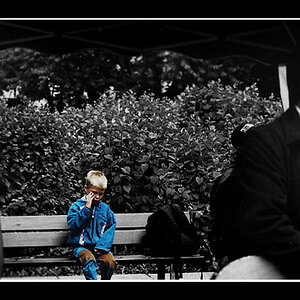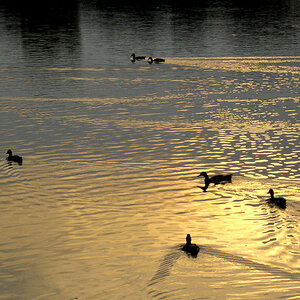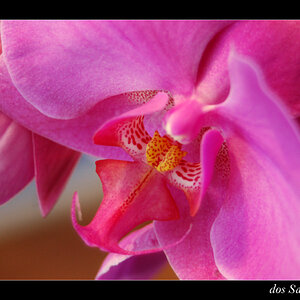Derrel
Mr. Rain Cloud
- Joined
- Jul 23, 2009
- Messages
- 48,225
- Reaction score
- 18,941
- Location
- USA
- Website
- www.pbase.com
- Can others edit my Photos
- Photos OK to edit
HERE is a good page to learn how to judge/evaluate/set the right exposure. This Fred Picker method of determining exposure has become a sort of well-known, standard system.
Ultimate Exposure Computer
Years ago,like 35 years ago, a fellow developed a circular slide-rule type calculator that showed all kinds of exposure settings, based on the "X" value system where each "X was one f/stop or one shutter speed....beginning with Sunny 16, he had + and - scenarios dialed in. For example, earlier I told you open shade was PLUS 4 stops.
I seem to vaguely recall that Moonlight was + 24 "X".
His calculator was expensive....like $24.95, back when that would buy you about 40 gallons of gasoline. The system was written up in Popular Photography or Modern Photography magazine, one of those two.
Ultimate Exposure Computer
Years ago,like 35 years ago, a fellow developed a circular slide-rule type calculator that showed all kinds of exposure settings, based on the "X" value system where each "X was one f/stop or one shutter speed....beginning with Sunny 16, he had + and - scenarios dialed in. For example, earlier I told you open shade was PLUS 4 stops.
I seem to vaguely recall that Moonlight was + 24 "X".
His calculator was expensive....like $24.95, back when that would buy you about 40 gallons of gasoline. The system was written up in Popular Photography or Modern Photography magazine, one of those two.


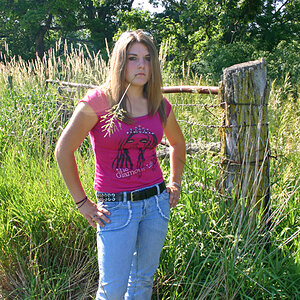
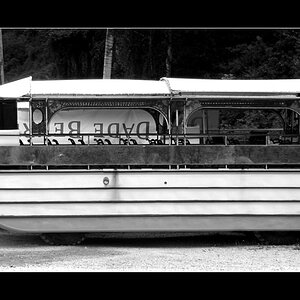

![[No title]](/data/xfmg/thumbnail/35/35586-d552a369f369a1796256b9df897a8d91.jpg?1619737061)
![[No title]](/data/xfmg/thumbnail/35/35224-c14babe4157e05767660f47e7de82aef.jpg?1619736959)

![[No title]](/data/xfmg/thumbnail/39/39470-ad2036a502fde3b73f73e2b45e674866.jpg?1619739042)


